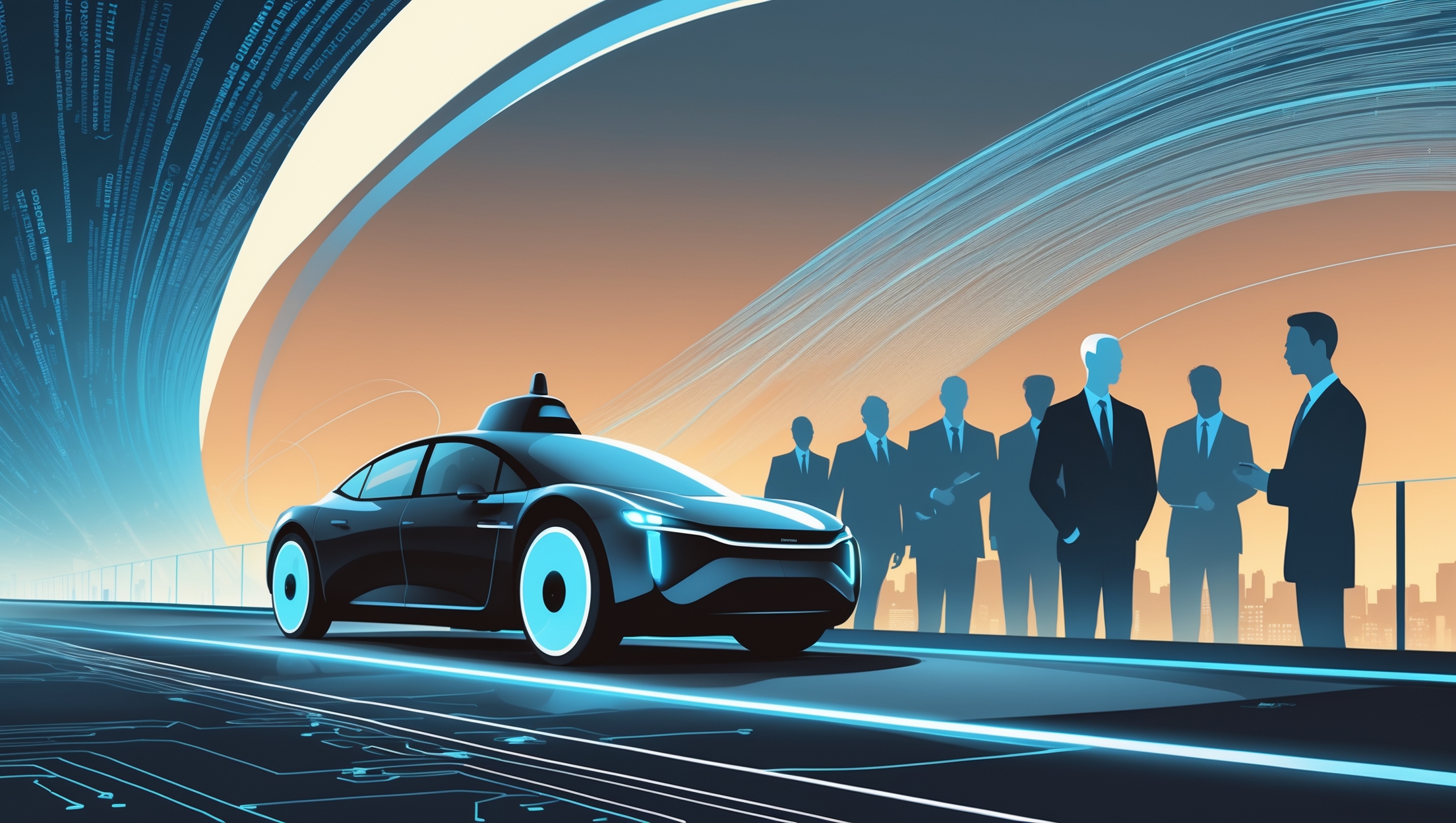As self-driving cars continue to move from sci-fi fantasy to everyday reality, they are triggering a fundamental rethinking of one of the car industry’s oldest pillars: auto insurance. With advanced driver-assistance systems (ADAS) becoming more common and fully autonomous vehicles on the horizon, one big question looms for drivers, insurers, and automakers alike—who is liable when no one is driving?
Let’s explore how self-driving technology is shaking up traditional car insurance and what the future might hold.
The Old Model: Human Error = Human Liability
Historically, auto insurance has revolved around human error. Nearly 94% of car accidents are attributed to driver mistakes—from distracted driving to speeding or misjudging distances. This made insurance relatively straightforward: if you caused an accident, you (or your insurer) were responsible for the damages.
Under this model, premiums are calculated based on a driver’s history, age, location, and even credit score. But as cars become more autonomous, this model starts to break down. When a computer is in control, it’s not clear how—or if—human risk factors should still apply.
Levels of Automation: Where Are We Now?
To understand liability, it helps to know where current technology stands. The Society of Automotive Engineers (SAE) defines six levels of vehicle automation:
- Level 0: No automation. Full human control.
- Level 1-2: Driver-assistance features (like adaptive cruise control or lane keeping) with the driver still fully responsible.
- Level 3: Conditional automation. The car can handle most driving, but the human must intervene when prompted.
- Level 4: High automation. The car can operate autonomously in specific conditions or areas.
- Level 5: Full automation under all conditions—no steering wheel or pedals required.
Most cars on the road today are at Level 2. However, manufacturers like Tesla, Waymo, and Mercedes are testing or rolling out features approaching Level 3 and beyond. As we transition to higher levels, insurance complexity grows.
Who’s at Fault When a Self-Driving Car Crashes?
In traditional accidents, fault can be assigned to one or more human drivers. But in self-driving crashes, the lines blur.
Here are a few possible scenarios:
- Software Failure: If the autonomous system malfunctions, is the automaker or the software provider responsible? This brings product liability into the picture—an area traditionally reserved for defective parts, not decision-making algorithms.
- Sensor or Hardware Malfunction: If a sensor misreads the environment or a camera fails, it might be a manufacturing issue, not user error.
- User Misuse: If a driver fails to take over when prompted (in Level 3 cars), does the blame shift back to the human?
- Shared Liability: Increasingly, insurers and legal experts are exploring blended responsibility—where drivers, manufacturers, and even infrastructure providers might share the fault.
The legal and insurance systems are only beginning to catch up with these complex possibilities.
How Insurance is Evolving
Several trends are emerging as the industry adapts:
1. Product Liability over Personal Liability
As autonomous systems take over more tasks, insurers are preparing to shift coverage models from driver-based liability to product liability. This means manufacturers may become the primary insured party in some cases.
Volvo and Mercedes have already stated that they will accept liability if their autonomous systems cause a crash while operating within their defined limits. This is a bold step—and one that may set a precedent.
2. Usage-Based Insurance (UBI)
Instead of blanket premiums, UBI models use real-time driving data collected by the car. These models can still apply in Level 2 and Level 3 vehicles to evaluate how often a human is in control and how safely they drive. It also allows insurers to price policies more fairly for autonomous vs. human-operated trips.
3. Fleet Insurance for Robotaxis
As self-driving cars evolve into fleets of shared robotaxis (like Waymo or Cruise), traditional personal auto policies may become obsolete. Instead, companies will purchase commercial fleet insurance, similar to what taxi or delivery services use today.
4. Cyber Insurance
Autonomous vehicles are essentially rolling computers. As such, they are vulnerable to hacking. Cyber insurance may become a necessary layer of protection, especially for Level 4 and 5 vehicles that rely entirely on software and connectivity.
Regulatory Challenges and Gaps
The legal framework around self-driving cars is still evolving—and varies widely between countries and even U.S. states. Some regulators have begun drafting legislation, but there’s no uniform federal approach in the U.S. yet.
Insurers are lobbying for clearer guidelines and access to autonomous vehicle data. This data—often stored in a car’s “black box”—can be crucial in determining who or what caused an accident.
But privacy concerns, proprietary systems, and the lack of standardized reporting complicate matters.
What It Means for Consumers
For now, if you’re driving a car with semi-autonomous features (like Tesla Autopilot or GM Super Cruise), you’re still on the hook for insurance and liability. However, as higher-level autonomy becomes available, you may start to see:
- Lower premiums for safer, self-driving cars
- Special policies tailored to automated driving
- Reduced risk—but increased responsibility for understanding your system’s limitations
In the long term, self-driving cars could lead to fewer accidents and a dramatic shift in how insurance is priced and sold. But until we reach full autonomy, drivers will remain a central (and responsible) part of the equation.
Final Thoughts
The rise of autonomous vehicles promises safer roads, but it also raises complex questions about blame, responsibility, and risk. As insurers, lawmakers, and manufacturers navigate this new landscape, one thing is clear: auto insurance is undergoing its biggest transformation in a century.
For drivers, the key is staying informed. Understanding your vehicle’s capabilities—and its limits—will be critical as the line between human and machine continues to blur.





